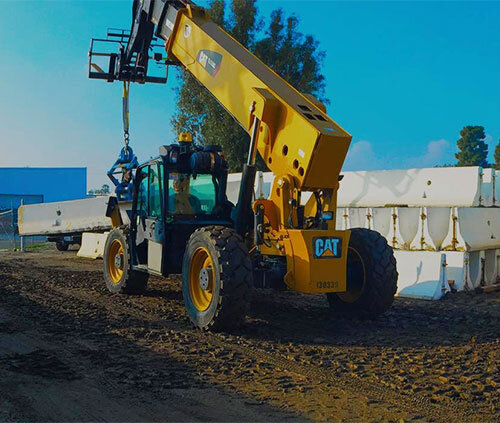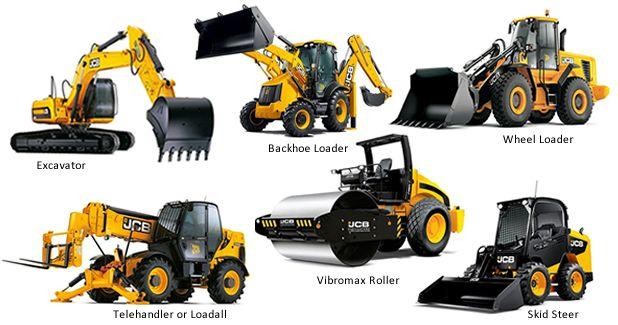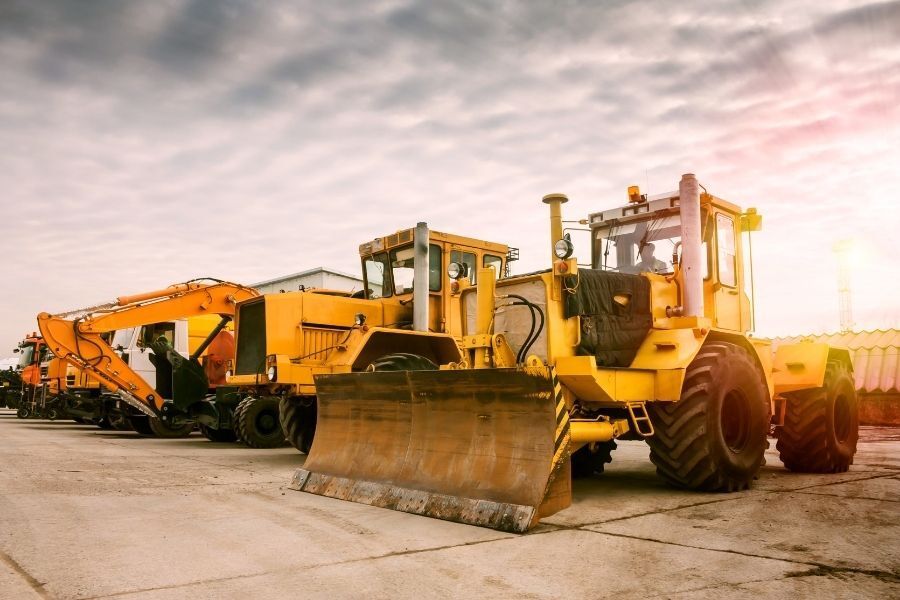Aerial Lift Rental: Versatile Training Solutions for High-Access Jobs
Aerial Lift Rental: Versatile Training Solutions for High-Access Jobs
Blog Article
Optimize Your Spending Plan by Recognizing the Expenses Connected With Building And Construction Equipment Services
Recognizing the complete scope of prices associated with construction devices rentals is critical for maximizing your budget. What strategies can be employed to effectively handle these costs and guarantee an extra reliable rental experience?
Review of Rental Expenses
When taking into consideration building equipment services, comprehending the associated expenses is paramount for efficient budgeting and job preparation. Rental prices can vary dramatically based upon a number of factors, including devices type, period of rental, and area. The preliminary rental charge commonly shows the tools's market need and its linked operational capabilities, affecting the overall expenditure.
Along with the base rental rate, supplementary expenses might arise, such as transportation fees, fuel additional charges, and maintenance fees. It is vital to represent these extra expenses to precisely examine the complete cost of renting out tools. The rental period can affect pricing; longer leasings might qualify for affordable prices, while short-term leasings may sustain greater everyday fees.

Breakdown of Rental Prices
A detailed understanding of rental rates is crucial for contractors and task supervisors intending to maximize their spending plans. Rental rates for building and construction tools commonly contain several components, consisting of base prices, time-based charges, and use costs.
Base rates are the core fees related to the leasing of the devices, usually determined by the kind and dimension of the machinery. These prices can differ substantially, influenced by factors such as tools need, accessibility, and regional market patterns. Time-based fees, which might be daily, weekly, or monthly, serve to suit different job timelines and rental periods.
Additionally, rental rates may consist of use fees, which apply when tools is used beyond a defined threshold, ensuring that the rental company can account for wear and tear. Seasonal need changes can also affect rental prices, with peak building seasons usually commanding higher rates.
Moreover, comprehending the rental business's plans relating to maintenance and insurance can provide additional understanding right into the general cost structure. By analyzing these parts, specialists can make educated choices, making sure the choice of rental equipment lines up with both job needs and spending plan constraints.
Added Fees to Consider
Recognizing the details of added fees is essential for professionals to manage their total leasing expenditures efficiently. Beyond the typical rental prices, different extra charges can dramatically impact the total expense of devices rental. These charges frequently consist of shipment and pick-up fees, which can vary based on distance and logistics associated with moving the equipment to and from the work site.
Moreover, some rental firms ks heavy equipment may impose fuel additional charges if the tools is returned with less fuel than when rented out. It is additionally necessary to understand possible cleansing fees, particularly for specialized equipment that calls for comprehensive upkeep after usage.

Thoroughly evaluating the rental arrangement and making clear these added charges ahead of time can aid service providers make certain and avoid unanticipated expenses that spending plans continue to be undamaged throughout the task lifecycle.
Repair And Maintenance Expenses
Routine maintenance and repair work costs are commonly overlooked variables that can significantly affect the overall cost of construction devices services. When renting tools, it is essential to think about not just the rental charges however likewise the potential expenses connected with maintaining the machinery in ideal operating condition.
Numerous rental firms consist of basic maintenance as component of the rental arrangement; nevertheless, more unforeseen break downs or comprehensive fixings can lead to extra expenditures. It's necessary to review the rental agreement meticulously to understand what maintenance services are covered and what duties fall on the tenant.
Moreover, equipment that is not well-kept can lead to inefficiencies at work site, potentially triggering delays and increasing task expenses. To reduce these dangers, it is recommended to my sources carry out normal assessments and keep open communication with the rental provider pertaining to any concerns that emerge during usage.
Insurance Coverage and Obligation Prices
Insurance coverage and obligation expenses are essential elements that can dramatically influence the general cost of building devices leasings (equipment rental company). These costs make sure that both the rental company and the client are protected from prospective financial losses developing from accidents, damage, or theft throughout the rental period

Furthermore, clients must understand any deductibles or exclusions in the insurance coverage plan, as these can influence prospective out-of-pocket costs. Comprehending the conditions of any type of insurance coverage is essential to avoid unforeseen expenses. Ultimately, budgeting for insurance policy and liability expenses can help make certain a smoother rental experience and safeguard against economic threats connected with building projects.
Verdict
In conclusion, an extensive understanding of the prices connected with building and construction equipment rentals is crucial for effective budget administration. Inevitably, notified decision-making concerning equipment leasings contributes to the general success of construction ventures.
Rental prices can differ dramatically based on a number of factors, including equipment kind, period of service, and location (mini excavator rental). look at here now The rental period can affect prices; longer leasings might qualify for affordable rates, while temporary leasings may sustain greater daily fees
By performing detailed study and involving with reputable rental firms, contractors can efficiently browse the complexities of rental prices, inevitably optimizing their economic sources.
Beyond the basic rental prices, different additional charges can substantially affect the complete expense of tools rental. Rental business often provide obligation insurance coverage that covers injuries to third events or damage to building, while tools damage insurance policy can cover the cost of repairs or replacement if the rented equipment is damaged.
Report this page